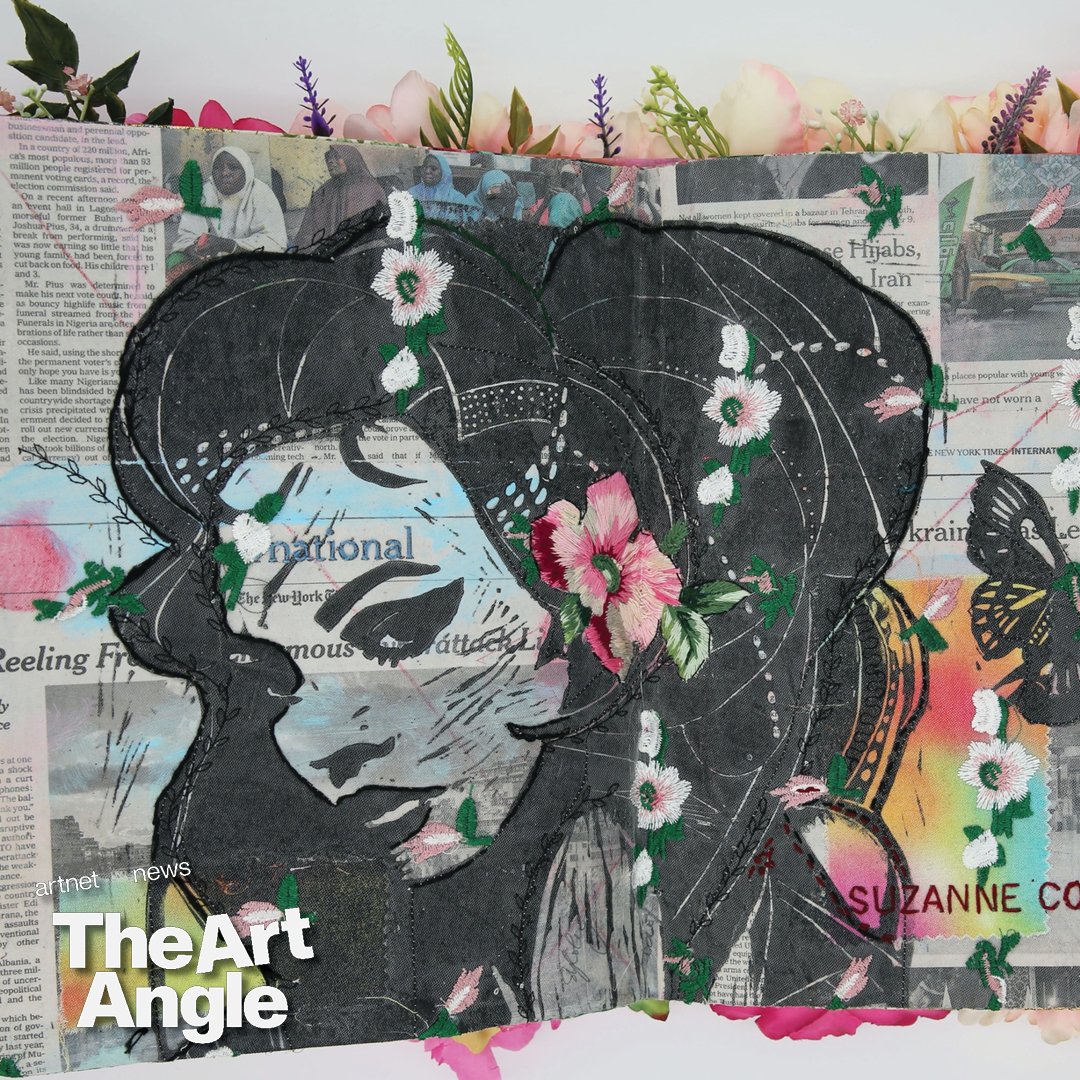
Welcome to the Art Angle, a podcast from Artnet News that delves into the places where the art world meets the real world, bringing each week’s biggest story down to earth. Join us every week for an in-depth look at what matters most in museums, the art market, and much more, with input from our own writers and editors, as well as artists, curators, and other top experts in the field.
In December 2020, Congress approved funding for a new Smithsonian Museum dedicated to women’s history to be built on the National Mall in Washington, D.C. But our nation’s capital has actually been home to a dedicated women’s museum, the National Museum of Women in the Arts, since 1987.
The institution, founded by Wilhelmina Cole Holladay and her husband Wallace, was the first of its kind in the world. Its mission was simple: to educate viewers about women’s long overlooked contributions to art history.
In its 36 years of existence, the museum has amassed an impressive collection of over 6,000 works by more than 1,500 international artists including Frida Kahlo, Berthe Morisot, and Louise Bourgeois, as well as contemporary figures such as Judy Chicago, Nan Goldin, and Amy Sherald.
Less than six months after Wilhelmina’s death in March 2021, the museum closed for its first major renovation, a planned $67.5 million project slated to take two years. The work has included a revamp of the performance hall, adding a new learning commons with a research library and education studios where there were once offices, as well as 15 percent more exhibition galleries—plus, behind the scenes space for collection storage and conservation.
On the eve of its reopening, Artnet News spoke with NMWA director Susan Fisher Sterling about the institution’s past, present, and future, and the work that still needs to be done to ensure proper recognition for women artists.